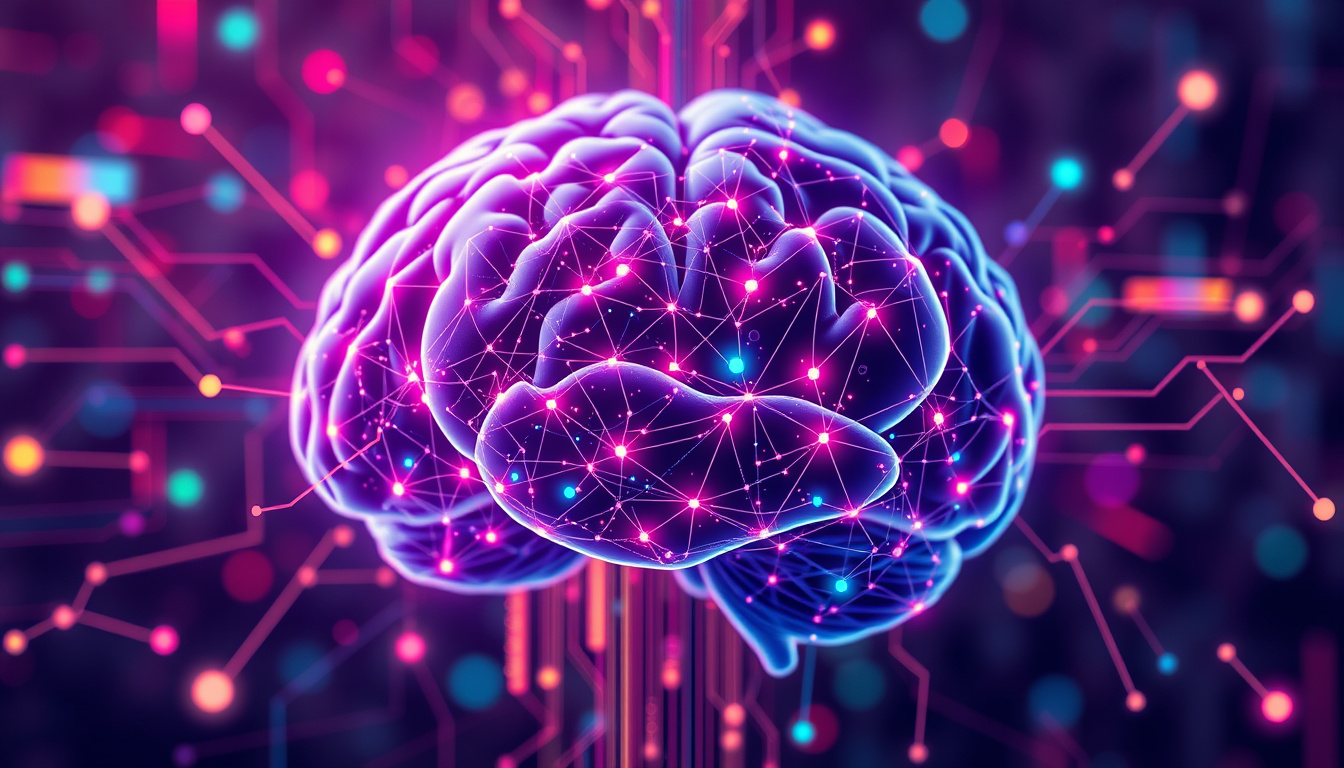In recent years, neural networks have revolutionized the way we approach complex problems across various domains, from image recognition to natural language processing. Their ability to mimic the human brain’s interconnected neuron structure has unlocked extraordinary possibilities in artificial intelligence (AI), making them one of the most powerful tools in modern technology. If you’re curious about neural networks and their transformative impact, this comprehensive guide will explore their fundamentals, applications, and future potential.
Understanding Neural Networks
What Are Neural Networks?
Neural networks are a subset of machine learning models inspired by biological neural systems. They consist of interconnected layers of nodes—also called neurons—that process data by passing signals and weights between each other. These networks are designed to recognize patterns, learn from vast amounts of data, and make predictions or classifications based on that learning.
The Anatomy of a Neural Network
A typical neural network comprises three main types of layers:
- Input Layer: Receives raw data such as images, text, or audio.
- Hidden Layers: Perform computations and feature extraction through interconnected neurons.
- Output Layer: Produces an outcome, such as a classification label or numerical prediction.
Each neuron applies an activation function to its input, enabling the network to capture non-linear relationships within data. Through a process called training, neural networks adjust the weights assigned to connections to improve accuracy over time.
How Do Neural Networks Work?
During training, neural networks process a dataset and iteratively modify their weights using algorithms such as backpropagation and gradient descent. This process minimizes errors and enables the network to generalize from training data to new, unseen inputs. Once trained, neural networks can perform tasks like recognizing faces, translating languages, or recommending products with impressive efficiency.
Types of Neural Networks
There are several architectures tailored for specific applications:
- Feedforward Neural Networks (FNNs): The simplest form, where data moves in one direction from input to output.
- Convolutional Neural Networks (CNNs): Excelling in image processing by capturing spatial hierarchies.
- Recurrent Neural Networks (RNNs): Designed for sequential data like speech or text by maintaining memory of previous inputs.
- Generative Adversarial Networks (GANs): Used to generate realistic images, videos, or synthetic data.
Applications of Neural Networks
Transforming Industries with AI
Neural networks are at the heart of many technological advances, including:
Healthcare
Neural networks assist in diagnosing diseases early, analyzing medical images like X-rays or MRIs, and predicting patient outcomes. For example, they enable more accurate detection of tumors and assist in personalized medicine.
Finance
From fraud detection to stock market predictions, neural networks analyze vast financial data to identify patterns and anomalies. Many banking institutions employ these models for credit scoring and risk assessment.
Autonomous Vehicles
Self-driving cars rely heavily on neural networks to interpret sensor data, recognize objects, and make real-time driving decisions, contributing to safer transportation.
Natural Language Processing (NLP)
Neural networks power voice assistants like Siri or Alexa, machine translation services, chatbots, and sentiment analysis tools, enhancing human-computer interaction.
Image and Video Recognition
Social media platforms utilize neural networks to automatically tag images, filter content, and facilitate facial recognition systems.

Advantages of Neural Networks
- Learning from data: Capable of adapting to new data without explicit programming.
- Handling complex patterns: Effective at recognizing intricate relationships in data.
- Robustness: Can maintain performance despite noisy inputs or incomplete data.
- Scalability: Suitable for both small-scale projects and large data-intensive tasks.
Challenges and Limitations
Despite their strengths, neural networks face certain challenges:
- Data requirements: Require vast amounts of high-quality data for training.
- Computational power: Training deep networks demands significant computational resources.
- Interpretability: Often considered “black boxes,” their decision-making processes can be opaque.
- Overfitting: Risk of models performing well on training data but poorly on new data if not properly regularized.
Future of Neural Networks
Emerging trends hint at continued growth and sophistication:
- Explainable AI: Developing methods to interpret neural network decisions.
- Edge AI: Deploying efficient models on devices with limited resources, such as smartphones.
- Integration with Other Technologies: Combining neural networks with reinforcement learning or symbolic AI for more advanced capabilities.
External source: For a deeper understanding of neural network architectures, visit DeepLearning.ai.
FAQs About Neural Networks
Q1: What is the main advantage of neural networks over traditional algorithms?
A1: Neural networks excel in discovering complex patterns within data where traditional algorithms might struggle, especially in unstructured data like images or speech.
Q2: How do neural networks learn to perform tasks?
A2: They learn through training on labeled datasets, adjusting their connections’ weights via algorithms such as backpropagation to minimize errors and improve accuracy.
Q3: Are neural networks suitable for small datasets?
A3: While neural networks perform best with large datasets, techniques like transfer learning or data augmentation can help improve their effectiveness on smaller datasets.
Conclusion
Neural networks have established themselves as a cornerstone of artificial intelligence, enabling machines to perform tasks once thought exclusive to human cognition. Their power to process and interpret complex data continues to unlock new possibilities across industries, making them an essential tool for innovation. Whether you’re a developer, researcher, or business leader, understanding the potential of neural networks can position you to harness their capabilities effectively. Dive deeper into this exciting field, explore the latest advancements, and consider integrating neural networks into your projects today. The future is intelligent, and neural networks are leading the way.




